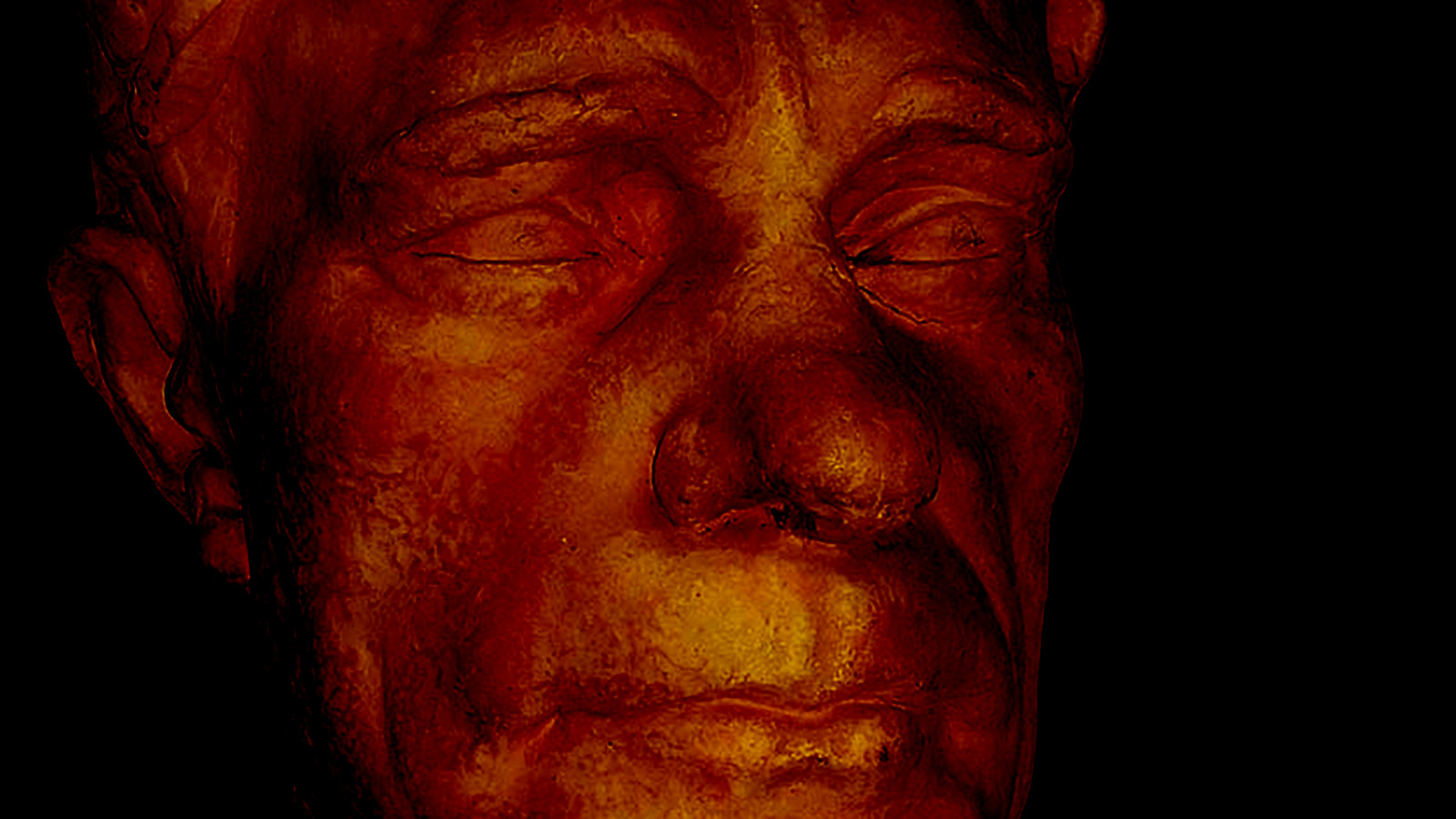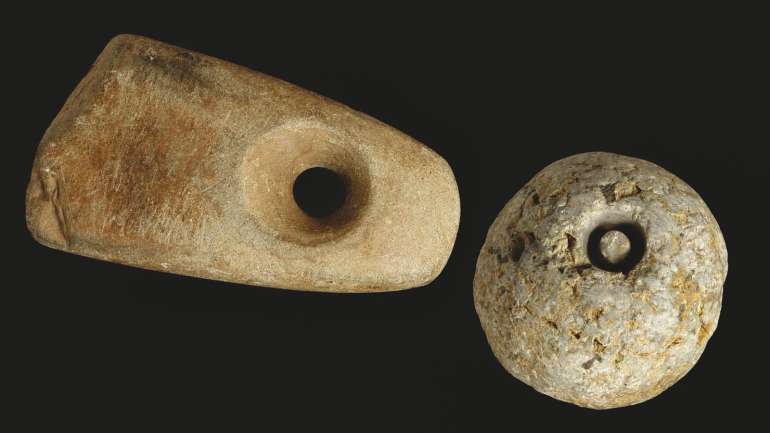By: Branislav Cvetković, museum advisor
These days, it has been 45 years since the death of a prominent Serbian journalist, writer, and historiographer Svetislav Šumarević, whose portrait, the work of the Slovenian sculptor Lojze Dolinar, adorns the permanent exhibition of our Museum. Šumarević was born in Jagodina on May 25, 1886 to father Teodosije and mother Ljubica. After receiving his primary education in Jagodina, he finished high school in Belgrade, then continued his high education in France and graduated in chemistry in Paris. However, his interests were directed towards writing and art from his earliest days, so since 1910 he has been engaged in journalism and literature, when he also devoted to study Serbian theater and press, and translates from Italian. He was editor of a number of newspapers: Dnevni list, Beogradski dnevnik, Vreme, Novosti, Reč, as well as head of a department of the Central Press Bureau and correspondent from Paris. In addition to publishing shorter texts in newspapers where he worked, he also published in reviews and magazines Misao, Jugoslovenski glasnik, Jugoslovenske narodne novine, Glas naroda, Nova smena, Vrbaske novine, Samouprava. During First World War he served as sergeant and was decorated with the Albanian Commemorative Medal.
As a writer Šumarević published three novels, Nula (Beograd 1920), Deset osmeha (Beograd-Sarajevo 1923) and Sto Jedna Strana (Beograd 1924), as well as one short prose Banjska lepotica (Beograd s.a.). Being engaged in journalism, he left significant pages dedicated to domestic press and journalism, such as La presse Yougoslave (Belgrade 1937), Podunavka: dokumentarni prilog istoriji srpske štampe (Belgrade 1938), Štampa u Srba do 1839 (Belgrade 1939), Serbskija novini 1791-1941 (Belgrade 1941), but also important are his historiographical works Slovenski triumf. Slovenska krv spasava austrijsku prestonicu. 250 godina od druge opsade Beča (Beograd s.a.), Dimitrije Davidović: biografski momenti (Beograd 1934), Čitalište (Beograd 1938) and Đura Jakšić: nezavršen roman, smrt, od Alimpića do Alimpija (Beograd 1939), which reveal a wide range of topics and considerable depth of his education. Šumarevic’s key historiographical work is the book Pozorište kod Srba (Beograd 1939), which, in terms of scope and collected material, represents a fundamental study for studying earlier Serbian theaters and playwrights.
Šumarević ended his rich and interesting life peacefully at a very old age in Belgrade on November 19, 1977. However, his wish was to be laid to rest in the Old Cemetery in Jagodina with his parents, near the Rakić Cemetery Church. Along with the tall tombstone over his mother’s grave from 1901, Šumarevic’s monument has the shape of an open book as an eloquent symbol of a life dedicated to a book and a pen. Then our Museum also received his portrait and his personal library as a legacy of this important person from Jagodina. Šumarević can be seen and heard on television on the “Trezor” channel, where TV Belgrade occasionally broadcasts old shows. It is actually a TV feature – Hotel Moskva, bringing an interesting conversation with Sveta Šumarević and another journalist Lola Dimitrijević, which was recorded in the famous tavern of Hotel “Moskva” in Belgrade in 1976.





